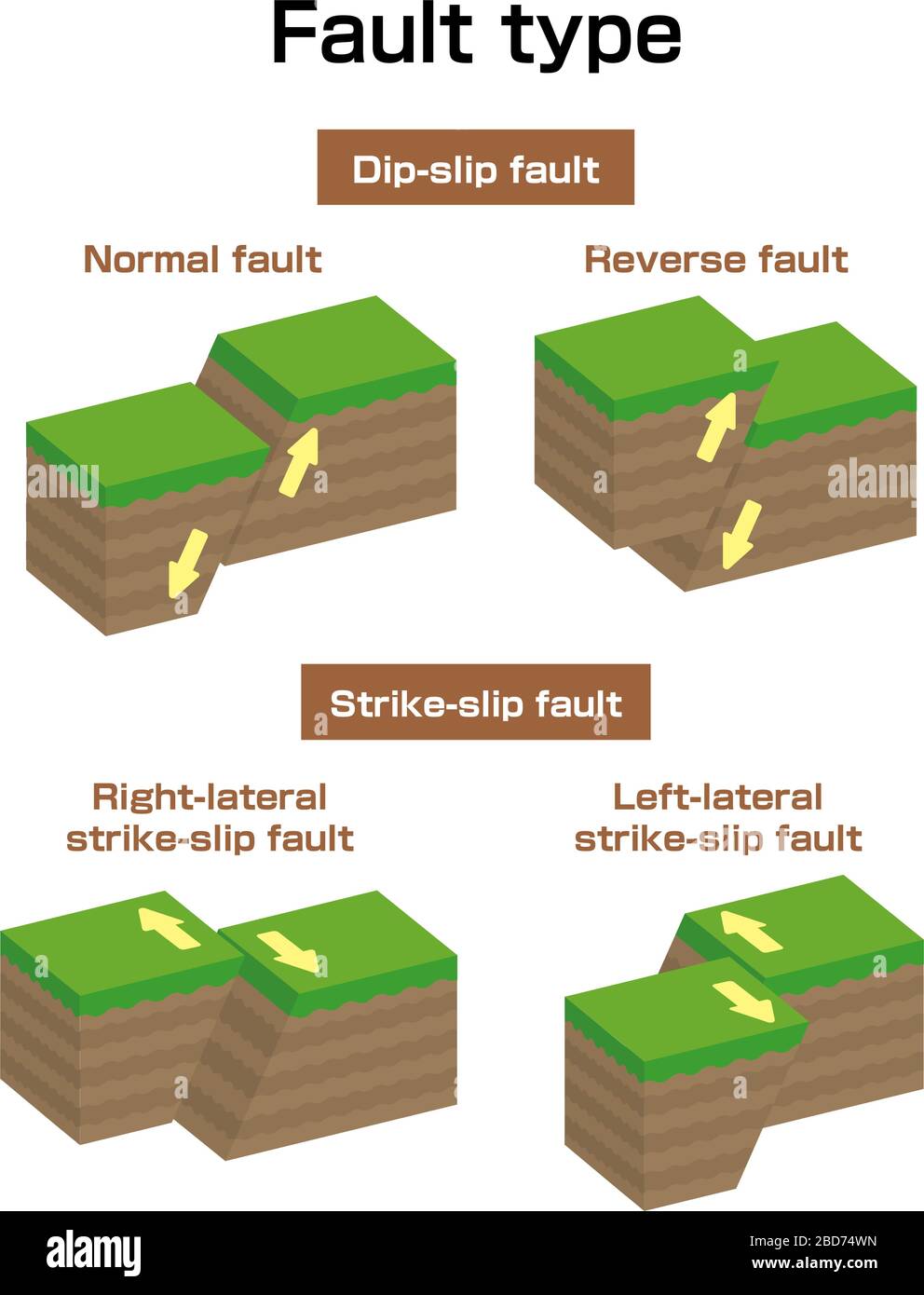Ahmedabad
(Head Office)Address : 506, 3rd EYE THREE (III), Opp. Induben Khakhrawala, Girish Cold Drink Cross Road, CG Road, Navrangpura, Ahmedabad, 380009.
Mobile : 8469231587 / 9586028957
Telephone : 079-40098991
E-mail: dics.upsc@gmail.com

Earthquake in Morocco – Reasons behind it
News: Recently, a powerful earthquake with a magnitude of 6.8 struck Morocco, causing extensive damage and a death toll exceeding 2,400 people.
What are the reasons for the Earthquake?
• The earthquake in Morocco is known to have resulted from a geological phenomenon known as a “reverse fault.”
• Morocco is situated in an area where the Eurasian and African tectonic plates converge. The Atlas Mountains, where the earthquake occurred, are actively rising due to the convergence of these two large tectonic plates
• The region is not prone to earthquakes but stress has been accumulating underground for an extended period due to the slow movement of tectonic plates.
• Oblique-Reverse Fault is type of faulting is common in areas of compression along the convergent plate boundaries. The stress along these fault lines can induce earthquakes as rocks abruptly shift to release accumulated stress.
What are various types of faults?
Dip-Slip fault
• In geology, a dip-slip fault is a type of fault where the movement of the earth is parallel with the dip of the fault plane. This means that the blocks of rock on either side of the fault move vertically relative to each other.
• There are two types of dip-slip faults - normal and reverse (or thrust) faults.
• A normal dip-slip fault occurs when the block above the fault plane moves downward relative to the block below. This type of faulting occurs in response to extension and is often observed in regions like the Western United States Basin and Range Province and along oceanic ridge systems.
• A reverse (or thrust) dip-slip fault happens when the upper block, above the fault plane, moves up and over the lower block. This type of faulting is common in areas of compression, such as regions where one tectonic plate is being subducted under another.
Strike-Slip Fault
• A strike-slip fault, also known as a lateral fault, transcurrent fault, or wrench fault, is a type of geological fault in which the rock masses slip past one another parallel to the strike, the intersection of a rock surface with the surface or another horizontal plane.
• These faults are caused by horizontal compression, but they release their energy by rock displacement in a horizontal direction almost parallel to the compressional force. The fault plane is essentially vertical, and the relative slip is lateral along the plane.
• Example – San Andreas Fault, Anatolian Fault
Oblique Slip Faults
• They show characteristics of both dip-slip and strike-slip faults.
• Movement occurs in two directions: horizontal (strike-slip) and vertical (dip-slip) along the fault plane.
Why earthquake in Morocco has caused so much damage?
• Magnitude and Depth - The earthquake had a magnitude of 6.8, making it a powerful seismic event. The epicenter of the quake was roughly 18.5 km below the Earth’s surface, making it a fairly shallow quake. Shallow quakes are generally more dangerous as they carry more energy to the surface compared to quakes that occur deeper underneath the surface.
• Historical Precedence - Earthquakes are not very common in North Africa, with seismicity rates comparatively low along the northern margin of the African continent. This lack of frequent seismic activity means that buildings may not have been designed or built to withstand such events.
• Building Materials and Construction Practices - Much of the damage observed to new construction appears to be attributed to reinforced concrete frame buildings filled with brittle, hollow red clay bricks. Poor-quality residential construction also contributed to the extent of the damage.

Address : 506, 3rd EYE THREE (III), Opp. Induben Khakhrawala, Girish Cold Drink Cross Road, CG Road, Navrangpura, Ahmedabad, 380009.
Mobile : 8469231587 / 9586028957
Telephone : 079-40098991
E-mail: dics.upsc@gmail.com
Address: A-306, The Landmark, Urjanagar-1, Opp. Spicy Street, Kudasan – Por Road, Kudasan, Gandhinagar – 382421
Mobile : 9723832444 / 9723932444
E-mail: dics.gnagar@gmail.com
Address: 2nd Floor, 9 Shivali Society, L&T Circle, opp. Ratri Bazar, Karelibaugh, Vadodara, 390018
Mobile : 9725692037 / 9725692054
E-mail: dics.vadodara@gmail.com
Address: 403, Raj Victoria, Opp. Pal Walkway, Near Galaxy Circle, Pal, Surat-394510
Mobile : 8401031583 / 8401031587
E-mail: dics.surat@gmail.com
Address: 303,305 K 158 Complex Above Magson, Sindhubhavan Road Ahmedabad-380059
Mobile : 9974751177 / 8469231587
E-mail: dicssbr@gmail.com
Address: 57/17, 2nd Floor, Old Rajinder Nagar Market, Bada Bazaar Marg, Delhi-60
Mobile : 9104830862 / 9104830865
E-mail: dics.newdelhi@gmail.com